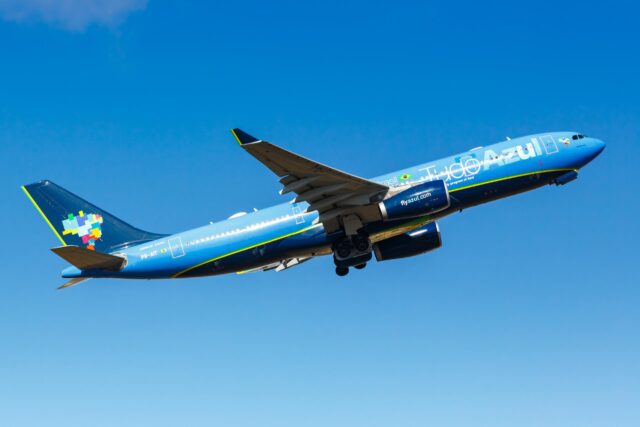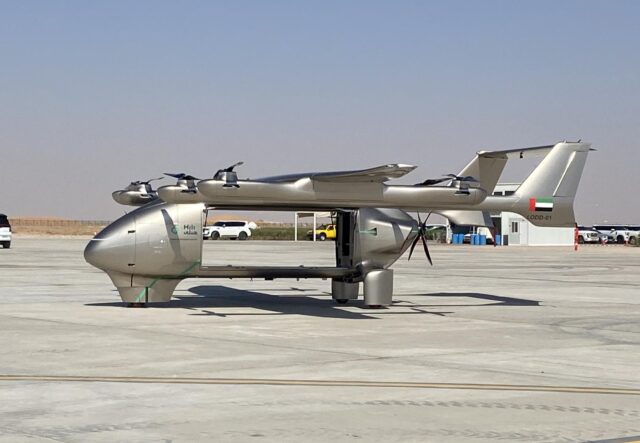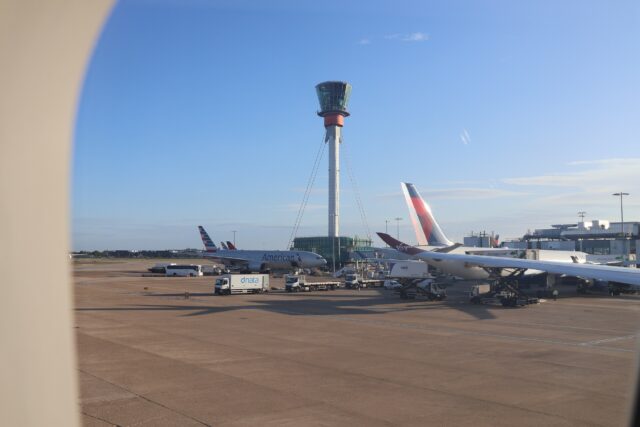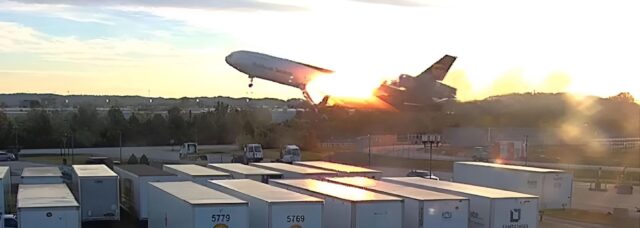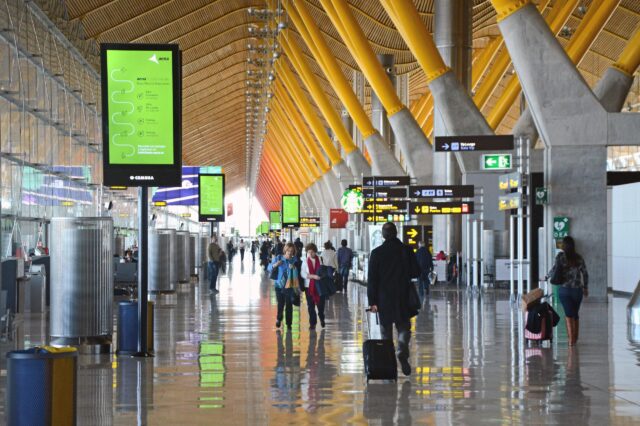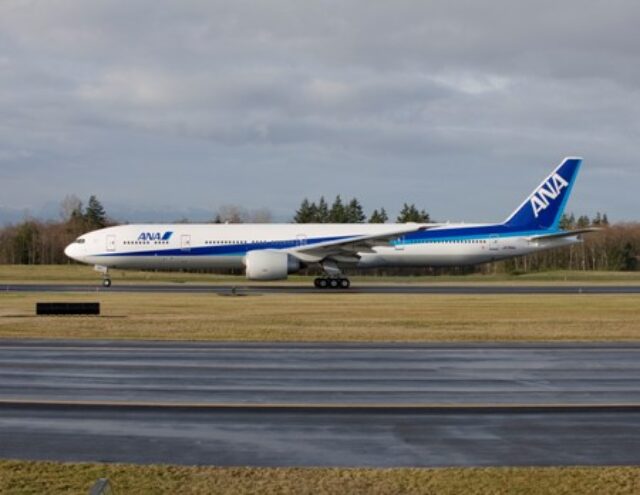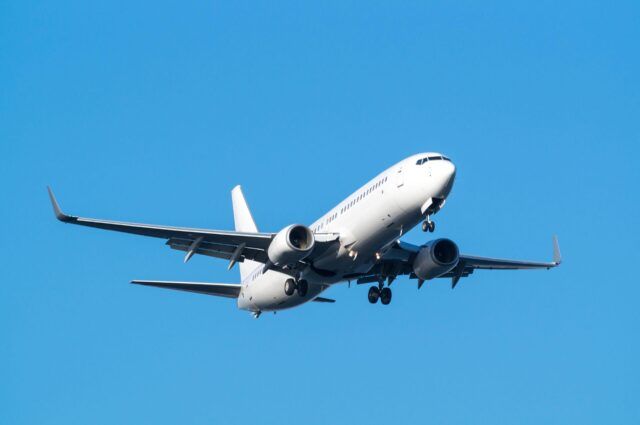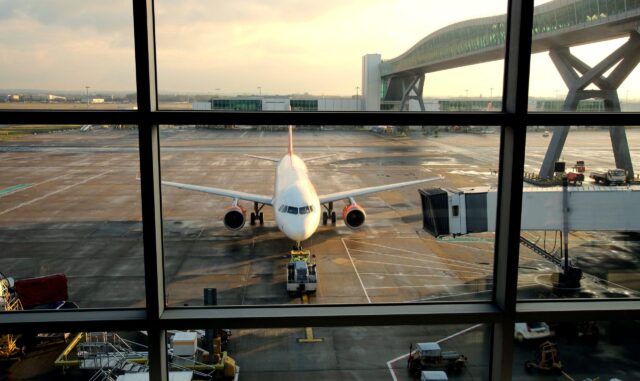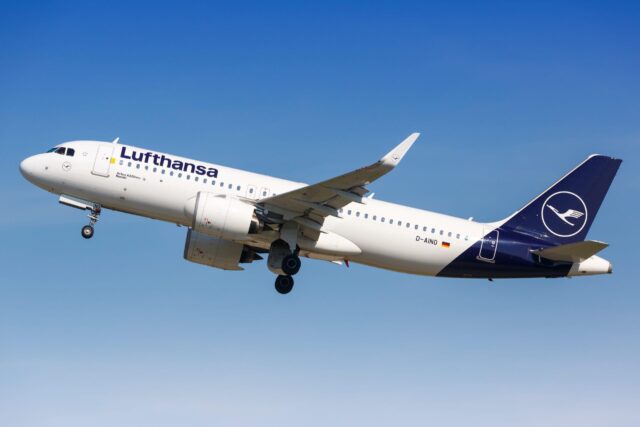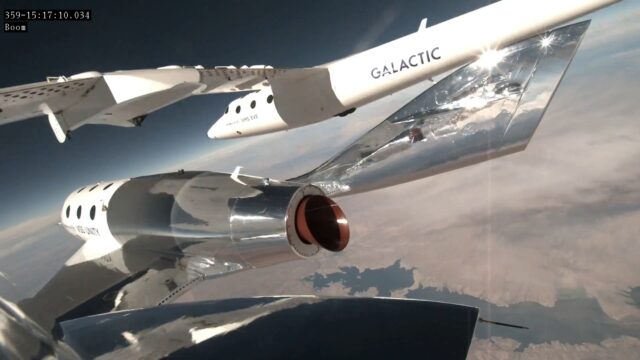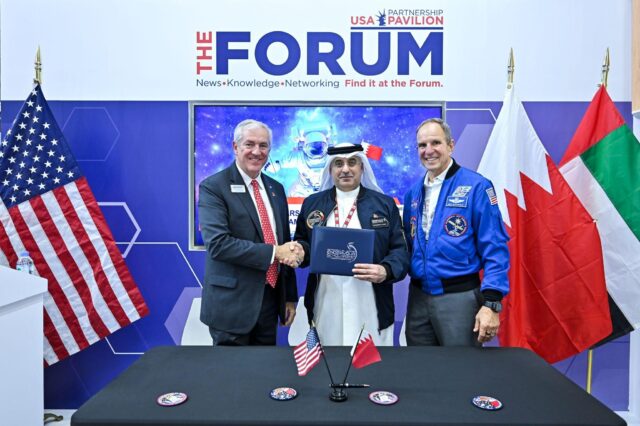The GCAP revealed
May 5, 2025

Though the Tempest’s external shape is now well known, after the appearance of a new full scale model at the Farnborough International Airshow last year, remarkably little detail has emerged about its exact role and capabilities.

But in the new podcast, the head of the Requirement and Concepting team for the UK MoD ‘Group Captain Bill’ (his identity hidden for Personal Security reasons), explained how the capability being developed by Team Tempest will be used to meet evolving operational requirements.
Though the Global Combat Aircraft Programme is a trilateral effort by the UK, Italy and Japan to design and develop a new manned sixth generation combat air platform (fighter), ‘Group Captain Bill’ described the project from a UK perspective. For the UK, this new aircraft, often referred to as the Tempest, will lie at the heart of the FCAS (Future Combat Air System) system of systems.

The Tempest will be a sixth generation low observable (stealth) combat air platform that will penetrate contested airspace “in a way that an F-15EX or a Typhoon – the ‘thug platforms’ – cannot… They have to squeegee back the threat, whereas we can slide through it,” ‘Bill’ explained.
But Tempest is much more than just another stealth aircraft, like the fifth generation F-22 and F-35. The GCAP aircraft is designed from the ground up to operate as part of a family of systems alongside unmanned adjuncts and effectors, but also acting as a connection network for air, land and naval forces and space based assets. Within that network GCAP will operate as “the organising centre of the system of systems,” ‘Bill’ said. “The aim here is that GCAP is going to orchestrate many other parts of that system of systems, utilising other assets across the whole force network.”
The GCAP aircraft could take out a particular threat using its own capabilities, but it might instead connect to a Type 45 destroyer 200 miles away, and task the ship to engage the threat without revealing its own location.

An airborne quarterback
This means that the Tempest core manned platform will be managing a large number of tasks coming in for a wide range of assets, and ‘Bill’ used an American Football analogy, saying that: “That core platform is a quarterback, because it’s the platform that walks onto the field, knowing the plan, it understands what assets it has available to it. If it’s no longer able to maintain the connection back to the coach on the sidelines, because it’s too deep into the field, it will have the ability, the strategic vision and the reactions to be able to deal with whatever plays out. It will allocate the tasks to what remains on the field, it will look at what’s going on and then decide how it achieves the aim.”
But the Tempest will not just be some kind of battlespace management platform shoe-horned into a tactical-sized platform. Tempest remains an air dominance fighter, and it will replace the RAF and AMI Typhoons and JASDF F-2s. It will be capable of both within visual range dogfighting, and ‘classical’ BVR engagements.
The Tempest will not be a lumbering ‘BVR only’ kind of fighter, and no-one wants to make the mistake of sacrificing agility for performance. “We made that statement once before in the ‘60s with the Phantom, where we said manoeuvrability was no longer a thing and that missiles would be able to do the job and radars would be able to do the job. And that turned out to be the wrong assessment. And we had to go through a whole cycle to get ourselves back to a place where we understood how we were going to use combat air,” ‘Bill’ noted.
“We’re not going to do it in the same way. Typhoon’s a muscle car. It is designed to achieve its capability edge by accelerating faster, flying higher, putting more energy into its effectors and by having sensors which are powerful. But you’re not trying to hide, you’re overt. You’re a thug beating at the door of the enemy. And the way you win with Typhoon, the way you take control of the air is you squeegee back the enemy so that you can then get to the thing you’re trying to have the effect on, or to maintain the control of the air over the land or maritime domain.”
The Tempest pilot will have the option of fighting like the pilots of today’s fast jets, ‘Bill’ said. “I wouldn’t characterize it as something that can’t do that kind of high speed, fast jet type role. It’s just a question of [whether] you would want to fight like that in the future?”
“The idea of defeating an enemy by turning harder, we have to ask ourselves, is that necessarily the way you want GCAP to fight? So the Tempest may be able to defeat a threat, without needing to turn at all. We’re not making any of these kind of statements lightly. There’s an awful lot of analysis that goes on behind it. But I wouldn’t characterise GCAP as just a long range platform at all.”

Very Long Range
The Tempest may need to penetrate contested or denied airspace very deeply, as Air Vice Marshal Jim Beck, the RAF’s Director for Capability and Programmes and a former Tornado GR.Mk 4 and F-35B pilot, and the former Lightning Force Commander, explained.
He has stressed the importance of this kind of very deep penetration in the light of China and Russia’s so-called A2AD (Anti-Access Area Denial) capabilities. These, he said, “push you away, to keep you out of the fight”, and are “very, very difficult to overcome.” He said that the “ranges we’re dealing with are 500 nautical miles today, and will reach 1,000 nautical miles by 2030.” Beck insisted that: “You need capabilities to be able to penetrate that,” highlighting an enduring need for combat air capabilities that can “get in and effect.”
The growing importance of these enemy A2/AD capabilities means that the Tempest may have to leave its tanker a long way behind, out of the reach of enemy defences. Group Captain ‘Bill’ explained that: “The threat environment means that range has become a really big thing for all of us. So we’re building an aircraft that is going to have an awful lot of range. We’re talking really extreme range, maybe equivalent to getting across the Atlantic to America on internal fuel, whereas a Typhoon takes what, three or four ‘plugs’ (AAR contacts) to get across.” The distance from London to Washington DC is 5,900 km.
This is consistent with Japan’s reported requirement for a 2,200km combat radius, and is the kind of range that would be required to penetrate the Chinese or Russian A2/AD envelope.

This need for very long range helps to explain Tempest’s large size, and accounts for the wing planform change shown at Farnborough last year, since the large Delta wing can accommodate massive amounts of fuel. Much the same philosophy seems to have informed the design of China’s new J-36, and the new Boeing F-47 is expected to be a similarly large platform.
Payload
“But at the top of our list is the payload,” Group Captain ‘Bill’ insisted. “Payload is what we’re all about. In fact, in pure capability terms, I don’t care how I get it there, it could be in the back of an A400, from a submarine, from space. It just so happens that our analysis tells us that the best way to get that payload there right now is in a fast jet.”
‘Bill’ went on to explain that the payload includes fuel, weapons, sensors and computing capacity.
“You’d expect weapons to be in there. And boy do we have weapons. We’re talking roughly double an F-35A’s worth of payload,” ‘Bill’ said. He did not specify exact weapons capacities, but ‘double an F-35A’ would imply an internal weapons capacity of about 11,400-lbs, including 8-12 BVRAAMs, for example, or four BVRAAMs and four 2,000-lb bombs. It’s not just about carrying larger numbers of the same weapons that the F-35 carries, of course. Bigger more capacious payload bays mean that it should be possible to carry much larger weapons.
This could include weapons that an F-35A can only carry externally, compromising its low observability, perhaps in the same class as the JASSM/LRASM, or the UK’s FC/ASW Storm Shadow replacement. And the Tempest’s own internal payload will of course be augmented by weapons carried by accompanying unmanned adjuncts.

The Tempest’s payload also includes sensors, and ‘Bill’ insisted, “getting the sensors forward is as important as getting the weapons forward. And those sensors also mean that when we go deep into enemy territory, and we may not be able to reach back to anyone else for help, we can still complete what we call the kill chain. So the ability to find and fix something, to identify it, to engage it, and then work out how that engagement went, we can still do that within the platform or within our formation.”
The final element of Tempest’s payload is similarly ‘non-traditional’, as ‘Bill’ explained.
“And then the third bit of that payload, and this is a real new bit, this is the bit that we don’t talk about, or that we wouldn’t have talked about when I joined the Air Force is that we are going to take the computer forward. I’m going to take the ‘server rack’ forward. If you want low cost autonomous systems, they need a server to back them up and they need sensors to back them up to make them capable. Because if you want low cost autonomous systems, where is that server going to be if you’re deep in enemy territory? So that Tempest ‘quarterback’ has a really important role now, because you’re carrying the sensors and the servers to enable that system of systems that’s forward in that contested area.”
While there remains much that we don’t know about Tempest/GCAP, we do now know that it will be a very long range fighter, able to fly across the Atlantic on internal fuel, without air-to-air refuelling (AAR), allowing it to penetrate even the most capable A2/AD envelope and hit its targets. Despite this long range capability, it will be agile enough to engage in WVR combat (but probably not needing to), while carrying double the payload of today’s leading Low Observable combat air platform, the F-35. And above all, it will function as the ‘combat air Quarterback’, the organising centre of the system of systems orchestrating and co-ordinating other assets across the whole force network, across all domains.
![]()
